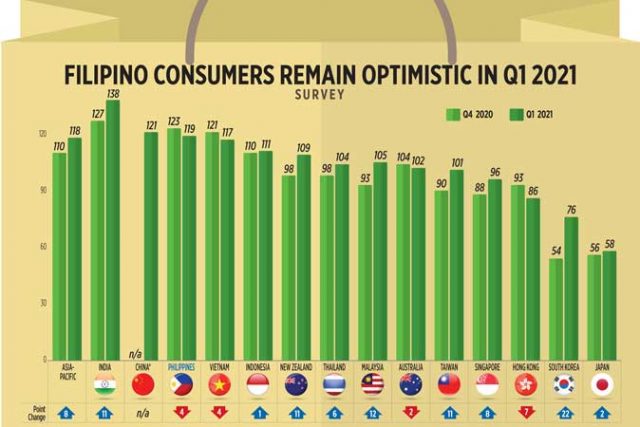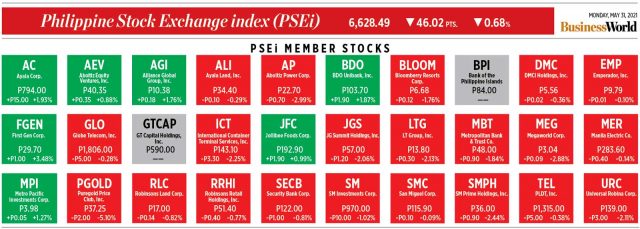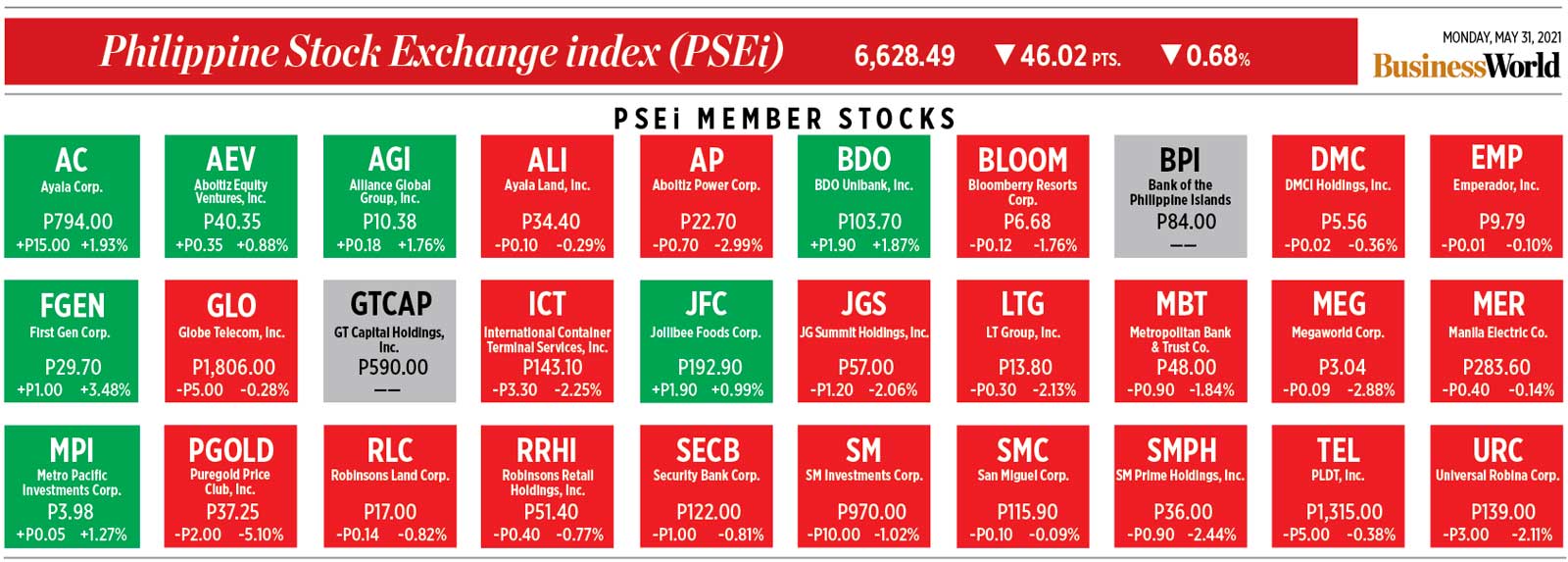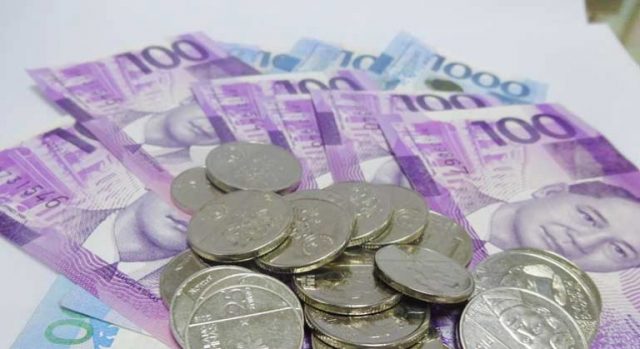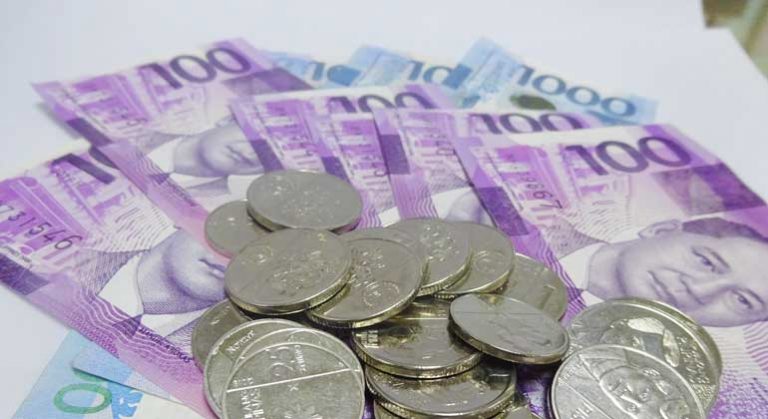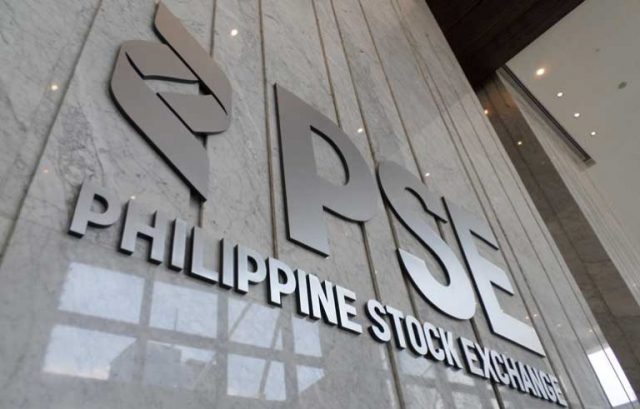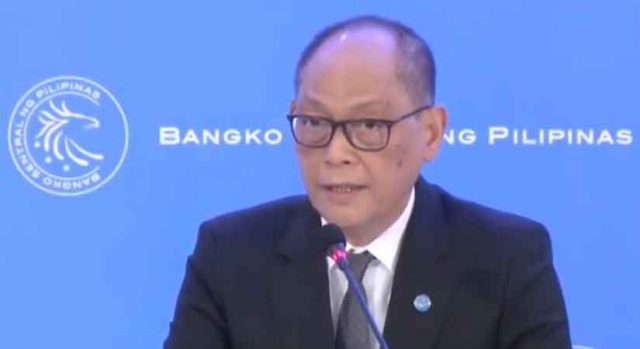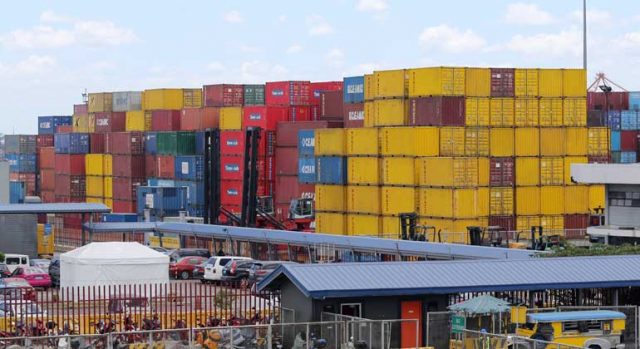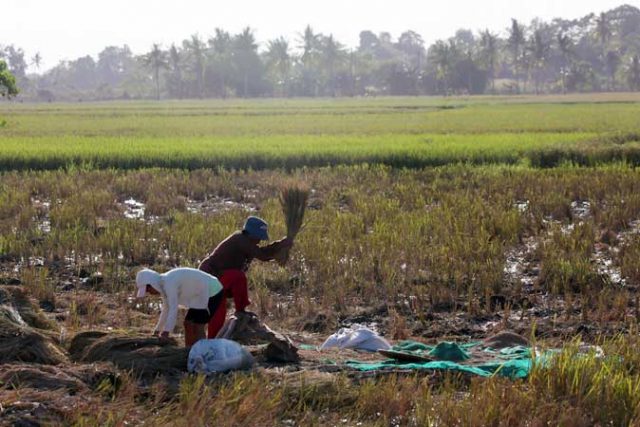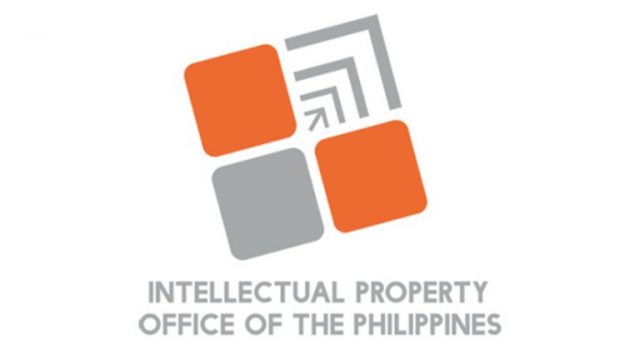Premium Leisure Corp. announces virtual stockholders’ meeting in June

Gaming investments company Premium Leisure Corp. will hold its annual stockholders’ meeting virtually on June 25, 2021.
Please see the notice of the annual stockholders’ meeting below:
TO ALL STOCKHOLDERS:
The annual meeting of the stockholders of Premium Leisure Corp. (the “Company”) will be held on June 25, 2021, Friday, at 10:00 a.m. Given the current circumstances, the meeting will be conducted virtually and voting conducted in absentia through the Corporation’s secure online voting facility.
AGENDA
- Call to Order
- Proof of Notice of Meeting and Quorum
- Approval of the Minutes of the Annual Meeting of Stockholders held on June 22, 2020
- Approval of 2020 Operations and Results
- Ratification of all Acts of the Board of Directors and Management during their term of office
- Election of Directors for 2021-2022
- Appointment of External Auditors
- Other Matters
- Adjournment
The Board of Directors (Board) has fixed the end of trading hours of the Philippine Stock Exchange on May 27, 2021, as the record date for the determination of stockholders entitled to the notice of, participation via remote communication, and voting in absentia at such meeting and any adjournment thereof.
The conduct of the meeting will be streamed live, and stockholders may attend the meeting by registering via https://asmregister.premiumleisurecorp.com and submitting the supporting documents listed there until June 22, 2021 (Tuesday). All information submitted shall be verified and validated by the Corporate Secretary.
Stockholders who wish to cast votes through a proxy may accomplish the proxy form (which need not be notarized) and submit the same on or before June 22, 2021. In view of the community quarantine, scanned forms will be accepted. Paper copies shall be sent to the office of the Corporate Secretary at the 33rd Floor, The Orient Square, F. Ortigas Jr. Road, Ortigas Center, Pasig City once the community quarantine is lifted.
Stockholders who successfully registered can cast their votes in absentia through the Corporation’s secure online voting facility for this meeting. In order to participate remotely, they will also be provided with access to the meeting that will be held virtually. The “Guidelines for Participation via Remote Communication and Voting in Absentia” as appended to the Definitive Information Statement labeled as Schedule A will be posted on the Corporation’s website: https://www.premiumleisurecorp.com/ASM2021 and PSE Edge.
Thank you.
Pasig City, May 12, 2021.
Elmer B. Serrano
Corporate Secretary

